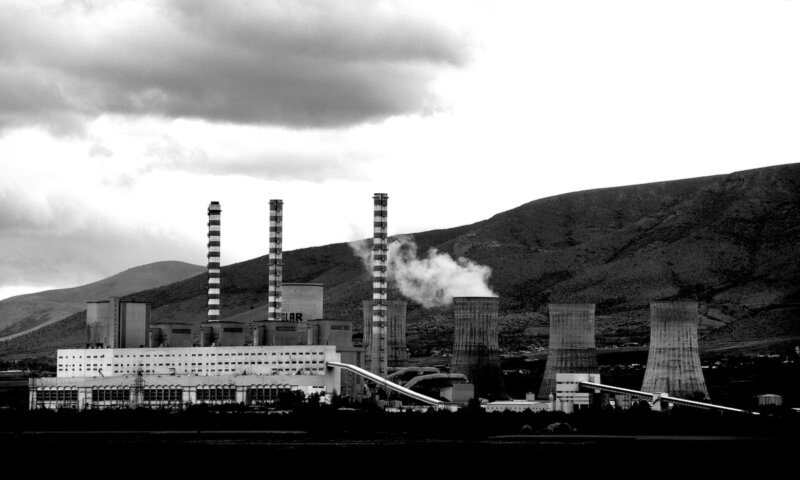 (Credit: Pixabay)
(Credit: Pixabay)Dominion Energy today established a new commitment to achieve net zero emissions by 2050. The goal covers carbon dioxide and methane emissions from the company's electricity generation and gas infrastructure operations. The strengthened commitment acknowledges the need to further reduce emissions consistent with the findings of the United Nations' Intergovernmental Panel on Climate Change. It is also a recognition of the increased expectations and interest, among customers as well as employees, in building a clean energy future.
The company had previously committed to cut methane emissions from its natural gas operations by 50% between 2010 and 2030 and carbon emissions from its power generating facilities by 80% between 2005 and 2050. Dominion has cut carbon emissions approximately 50% since 2005 and reduced methane emissions by nearly 25% since 2010.
Under the strengthened emissions framework, the company will focus not only on driving toward the 2050 goal, but on achieving near-term progress, particularly on methane, which is a more potent greenhouse gas than carbon. Under the net zero framework, the company is committing to decrease methane emissions by 65% by 2030 and 80% by 2040, from 2010 levels. Furthermore, the company has committed to invest in renewable natural gas (RNG) projects that will capture an amount of methane from US farms at least equivalent to any remaining methane and carbon dioxide emissions from the company's natural gas operations, making Dominion's gas infrastructure area net zero 10 years before the overall company.
Dominion is moving to extend licenses for its zero-carbon nuclear generation fleet, promoting customer energy efficiency programs, and investing in wind and solar power, lower-carbon natural gas, and carbon-beneficial RNG. Over the long term, achieving this goal will also require supportive legislative and regulatory policies, technological advancements and broader investments across the economy. This includes support for the testing and deployment of such technologies as large-scale energy storage, hydrogen, advanced nuclear and carbon capture, all of which have the potential to significantly reduce greenhouse gas emissions.